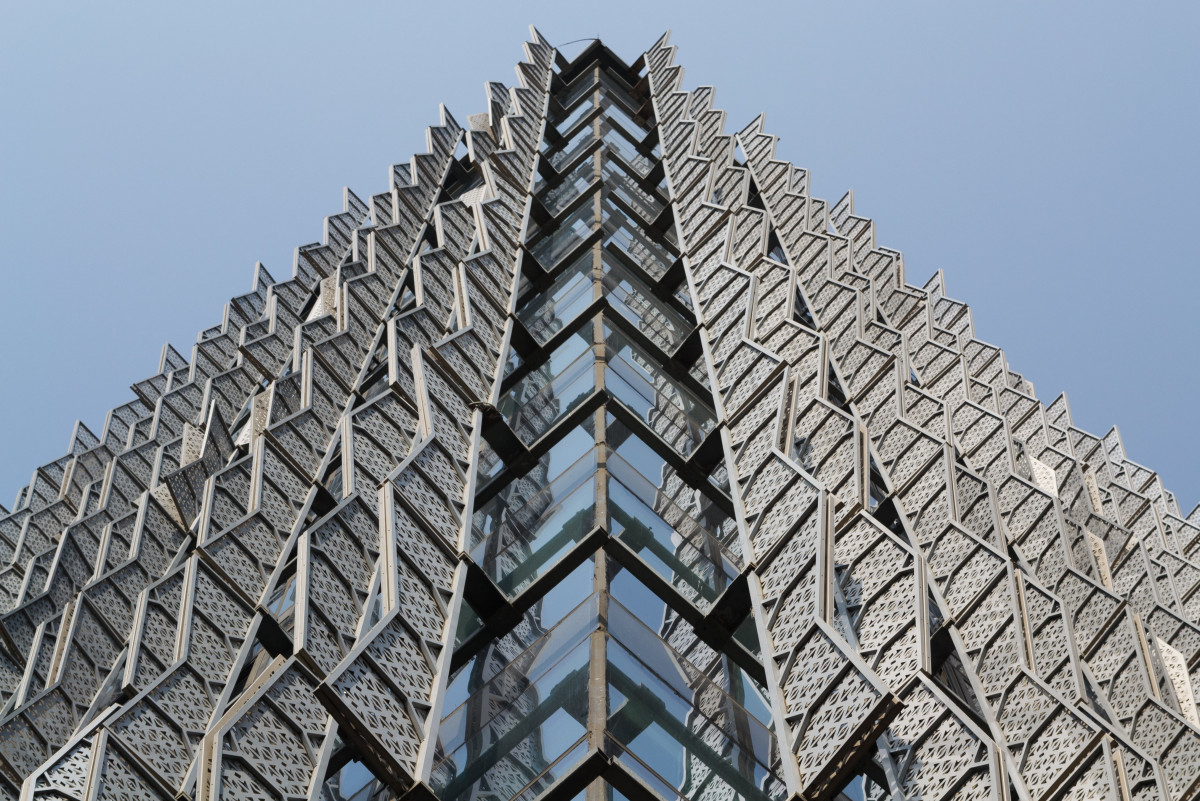
Across India's bustling metropolises, a captivating ballet unfolds! Glass and steel giants pierce the sky, reshaping cityscapes with their ambitious silhouettes. While this burgeoning high-rise construction evokes feelings of progress and aspiration, it also stirs debate. Is it a necessary response to growing populations, or simply a luxury? As a leading design company, we at Blocher believe the answer lies in a delicate balance, one where necessity and luxury intertwine to create structures that are sustainable and inspiring. In this article, Hartmut Wurster, Founder of Blocher Partners India shares his insights into the evolving landscape of high-rise design.
Undeniably, high-rise construction addresses a crucial need for expanding living spaces amidst shrinking land availability. With urban populations projected to surge in the coming decades, denser yet comfortable living solutions are critical. As a result, high-rises emerge as a compact solution, maximising land use while minimising sprawl and protecting green spaces.
However, simply stacking apartments skyward isn't enough. As designers, we understand that functionality must be elevated with thoughtful design. We strive to integrate green spaces and natural light into these vertical communities, fostering well-being and a connection with the natural world. Smart city technologies are incorporated to optimise resource consumption and ensure efficient living experiences.
Furthermore, high-rises can be catalysts for economic growth and vibrant urban spaces. Mixed-use developments, incorporating commercial spaces, offices, and recreational facilities, create bustling hubs that contribute to the city's economic pulse. They encourage a sense of community, offering residents everything they need within walking distance, reducing reliance on personal vehicles, and promoting sustainability.
Yet, there's another aspect to consider: the human desire for aspiration and luxurious living. High-rise apartments, particularly those overlooking iconic landmarks or offering breathtaking panoramas, can command premium prices. But luxury, in our vision, extends beyond mere opulence. It's about crafting spaces that cater to residents' evolving needs and aspirations – from integrated wellness facilities and co-working spaces to sky gardens and rooftop pools. This approach aids in creating a unique, elevated living experience that fosters a sense of belonging and exclusivity.
Thus, the debate isn't about choosing between practicality and luxury. Instead, it's about orchestrating a harmonious blend. High-rise construction can be a necessity, but it also presents an opportunity to redefine urban living by incorporating innovative design, technological advancements, and elements of luxury that enhance residents' well-being and enrich the city's fabric. This balancing act requires sensitivity to both environmental and human needs, resulting in structures that are not just symbols of progress, but vibrant testaments to our collective desire for comfort, community, and aspiration.
As architects and designers, we have a responsibility to ensure that skyward construction continues, guided by principles of sustainability, social responsibility, and a commitment to crafting spaces that elevate the human experience. Isn’t this the true measure of success in the ever-evolving world of high-rise design?